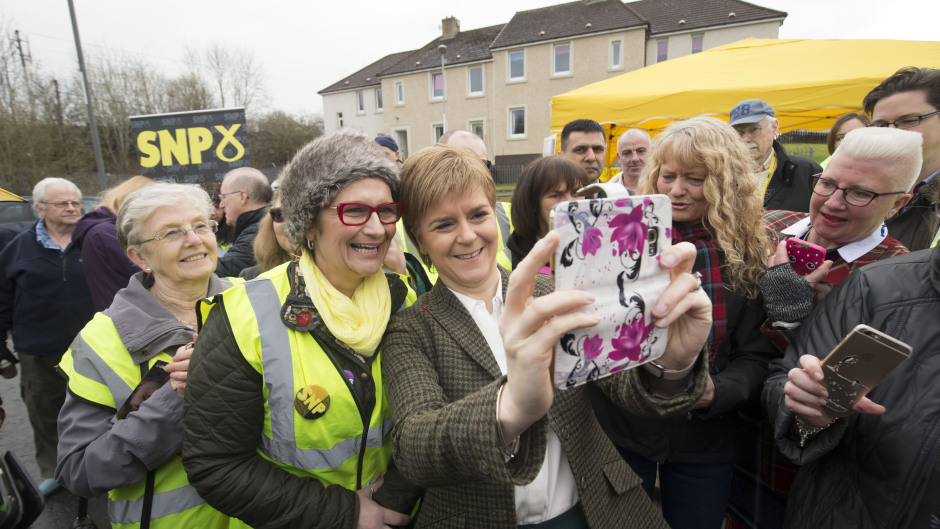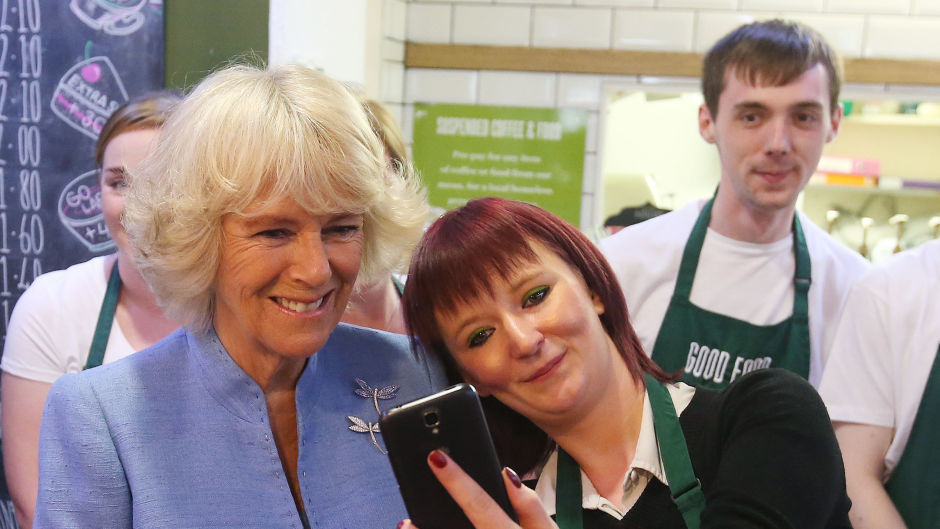The story of the selfie-taking tourist at an Orkney funeral recently is the latest example of what has become a frequent news story – someone taking a selfie in an inappropriate place or at an inappropriate time.
In March there was the story of the British man who posed for a selfie with the hijacker of his EgyptAir flight. In June last year a group of young tourists were arrested for disrespectful behaviour after taking naked selfies at the top of a sacred mountain in Malaysia.
In 2012 a Massachusetts woman found herself in the middle of a media frenzy when a photograph of her at Arlington National Cemetery in Washington went viral. The photograph showed her next to the tomb of the Unknown Soldier sticking up her middle finger and pretending to scream next to a sign asking for silence and respect.
Injuries, and even deaths, have led a variety of authorities, from Yellowstone Park to the Russian Interior Ministry, to warn prospective selfie-takers not to pose with wild animals. In 2015, more people were killed taking selfies than by shark attacks, according to tech news site Mashable.
Many of these stories are associated with tourists. The suggestion in these media stories is that there is a group of people who are both privileged and interested enough to travel to other parts of the world, but who seem to have little idea of what is deemed unacceptable behaviour in other cultures, or indeed how to protect themselves when they arrive in foreign lands.
Selfies of tourists in the American National Parks with bears running towards them or standing too close to bison, which then gore them, suggests that such photographers have also lost a basic instinct for danger. A theory that is more than supported by the story of the two men in the Ural mountains whose selfie of them pulling the pin out of a hand grenade went spectacularly wrong.
Taking a selfie is a moment when our awareness of what, or who, is around us becomes diminished. We are focused on the camera, on getting the best shot, on plying the selfie stick in the best possible way. This temporary distraction and lack of situational awareness exposes us, and the people around us, to potential hazards.
An interesting article in the Journal of Travel Medicine from earlier this year details an alarming number of selfie injuries, from falls, electrocution and attacks by wild animals to road traffic and pedestrian accidents.
The authors of the article conclude that travellers need to be routinely counselled about responsible selfie photography by their medical practitioners and by the travel and mobile phone industries.
Being safe when taking a selfie, however, is not the same as being respectful. As guidebooks have been saying for a long time, travellers have a responsibility to be aware of the cultural mores of the countries they are visiting and to behave accordingly.
This means not stripping off on the top of a sacred mountain, especially when your guide advises against it. And it certainly means behaving respectfully in religious or civic centres such as cemeteries, churches and mosques.
But how can anyone consider a funeral to be an appropriate place for a selfie, or for videoing the funeral procession? Surely it is entirely clear that such moments are private and not for the public gaze?
I would suggest that, in fact, contemporary Western society is at a moment where it is redefining the concept of privacy, and the media is at the forefront of this process. When both mainstream newspapers and celebrity magazines constantly bombard us with ‘stolen’ images of celebrities in their day-to-day lives then our concept of privacy is altered.
If the private lives of celebrities, the royal family or politicians can be photographed and dissected in the media, with the suggestion that such prurience is ‘in the public interest’ then perhaps it is not surprising that such a culture can produce people who are not aware that any occasion can be considered private.
When your Facebook feed or Instagram account is full of images of moments that were once considered private – a naked Kardashian, the Duchess of Cambridge sunbathing topless, your mate throwing up – is it surprising that it becomes harder to judge what should be considered out of bounds?
When the Prime Minister of Denmark takes a selfie with Barack Obama and David Cameron at the memorial service for Nelson Mandela, is it surprising that the lines between appropriate and inappropriate behaviour are becoming blurred?


